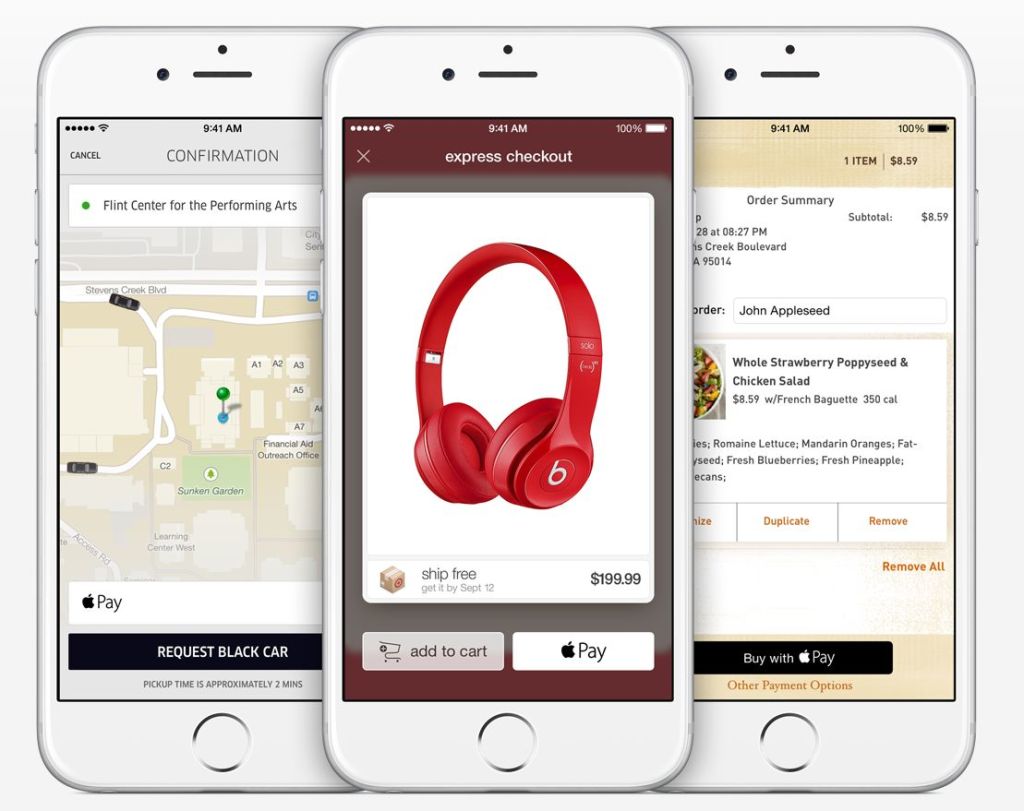Recent data, compiled by Statista, estimates there were more than 153,000 quick service restaurant franchise establishments actively operating in the United States in 2013. In an era of such steep competition, serving great food isn’t enough to attract or retain customers. To build customer loyalty and consistent purchase patterns, food service businesses must cater to the entire customer experience, including accommodating the latest payment technology. Here’s a look at recent evolutions in payment technology, and how they’re changing the way customers want to be served by restaurants.
Mobile payment options at the point of sale. An estimated 58 percent of the American population now has a smartphone, and the masses are quickly becoming accustomed to on-demand, nearly instant results. By plugging a dongle (small device that a payment processor provides) into the jack of a smartphone or mobile device, for example, wait staff can quickly swipe a customer’s credit, debit, or gift card to complete a secure transaction tableside or while they wait in line to pick up an order.
Self-serve mobile payment. Mobile devices empower consumers to “self-serve” in a way that meets their needs at any given time and in any context. Their expectations of the same type of control are seeping into their restaurant experience too. Data compiled by Statista reveals that 43 percent of consumers’ ages 18 to 34 have used a smartphone to pay for a meal. Thanks to advances in near field communications (NFC) technology, the idea of waiting in a checkout line, or even interacting with a person at the cash register to pay, will soon be extinct. For example, Subway recently introduced its Softcard app, which uses NFC technology to allow Subway customers to “tap” their mobile device in the restaurant to complete payment while they wait for their sandwich to be prepared. To incentivize use, Subway is offering consumers a small discount on their purchase when they use the app to pay, and soon, plans to incorporate its rewards program into the app for easy redemption.
Apple Pay. It’s only been a month since Apple Pay was announced to the public, but thanks to partnerships with leading restaurant brands (including Subway and McDonald’s), it’s likely to impact the food service industry and consumer expectations of the payment technology restaurants use. Unlike mobile wallets of the past (like Google Wallet), Apple Pay combines partnerships with credit card issuers, financial institutions, retailers and restaurant brands in tandem with NFC-enabled communication to provide enhanced data security. Sensitive credit card data isn’t transmitted or stored on a consumer’s mobile device, the restaurant’s servers, or Apple’s. Consumers complete purchases on Apple Pay (set to release in late October) by holding the device near an NFC-enabled card reader, and using their fingertip to authenticate.
Branded apps. A 2013 study conducted by The National Restaurant Association revealed that 46 percent of consumers surveyed say they would use a restaurant’s app to place an order and pay, if the option was available to them. Thanks to food service industry leaders like Starbucks, which reports that 14 percent of its transactions now take place with its mobile app, consumers are increasingly familiar with using branded apps to order, redeem and earn rewards, and pay directly from a mobile device while in a restaurant.
The key to branded app success? Convenience. With Starbucks app, for example, consumers can manage and replenish available funds from a smartphone, and using a bar code, baristas scan the device to accept payments at the point of sale. The company recently added the ability to tip hours after the transaction and to “shake” the app to quickly find the card the customer wants to use for payment.
 Corner Booth Blog | TundraFMP Restaurant Supply, News & Equipment Blog
Corner Booth Blog | TundraFMP Restaurant Supply, News & Equipment Blog




